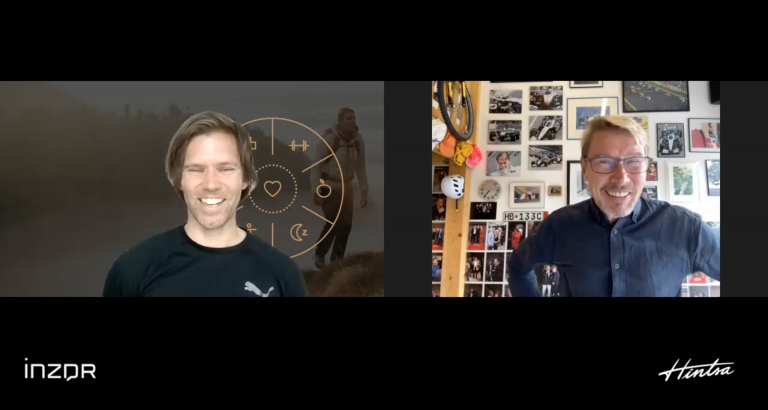Corporate Wellbeing – The Great Shift Between 2011 and 2021

Ten years ago, I started working with corporate wellbeing and co-founded a company with a mission to solve the problem of workplace productivity in knowledge work. We saw it was the time to redesign the working week. We even wrote a workbook about it. After ten years in the business, has anything changed?
Back then we surveyed over 1,000 knowledge workers. The results were no surprise. People felt busy and tired. Their work was fragmented. Meetings and emails overwhelmed many. Roles were unclear.
HR leaders in the most progressive companies saw the world in the same way. Making sure that employees were able to think clearly was crucial for success. And the best companies started experimenting with new ways of working.
Still for the majority of organisations wellbeing was something to be treated reactively. Focus was on occupational health care. People with challenges received coaching or were referred to a work psychologist. There was a stigma around mental health issues.
One of the problems was that wellbeing programs were received well mainly by those who did not need them, by the ones who were already taking care of themselves. Wellbeing campaigns or gym vouchers were offered but the uptake could have been better. 10 years ago, workplace wellbeing was considered a ‘nice to have’ perk. How about now?
Today having energetic employees and a healthy organisation is a competitive requirement. In just a year, covid-19 has turbocharged digitalisation. Remote meetings are more common than we ever imagined. But they also have brought issues with them. Working days are 10-20% longer and lacking breaks. Detachment from work is not optimal.
4 clear changes in corporate wellbeing from 2011 to 2021
- One size does not fit all. We start to see more clearly that when the issues are many, the solutions need to be many as well. For example, one of the reasons for burnout is the amount of work, but not the only reason. The reason can be leadership, or lack of it. Or the fact that the most engaged employees face the biggest risk of burnout. If we saw workload reduction as the only solution for burnout, we would miss the target.
- Choosing the right data is key. Back in 2011 the only measure of wellbeing was absenteeism. Monitoring absenteeism is like forecasting the future by looking at the rear-view mirror. We need to be more in real time. We need to look at presenteeism which is resulting in much bigger losses than absenteeism. We need to look at burnout risk, turnover rate, engagement. We need to understand the correlations. What are the biggest indicators of the most valuable outcomes for companies?
- Stress management and mental wellness play a larger role. World Health Organization has named stress as a health epidemic of the 21st century. Searching for support for stress or mental health issues is not considered weak anymore. Neither are the companies facing these issues considered evil. 76% of employees report having experienced burnout on the job. Providing support for mental wellness, stress management, and cognitive performance is not only a humane thing to do. It makes business sense. The competition is fierce, and we all need to stay sharp.
- Psychological safety and high performance. Simultaneously. Intuitively this sounds like a paradox. But if we focus only on results, the organization feels cold. If it’s only about comfort, we live in ‘Fairytale Land’ – a place where you don’t worry about anything. The secret sauce is to be able to manage these at the same time. To create an organisation where learning and self-leadership flourish.
Clearly there has been a great shift in the last ten years. Even more so in the past year alone. If you and your organisation want to stay in the game, you must make wellbeing a priority. If you are wondering how to make wellbeing part of your strategy, we are here to help!



